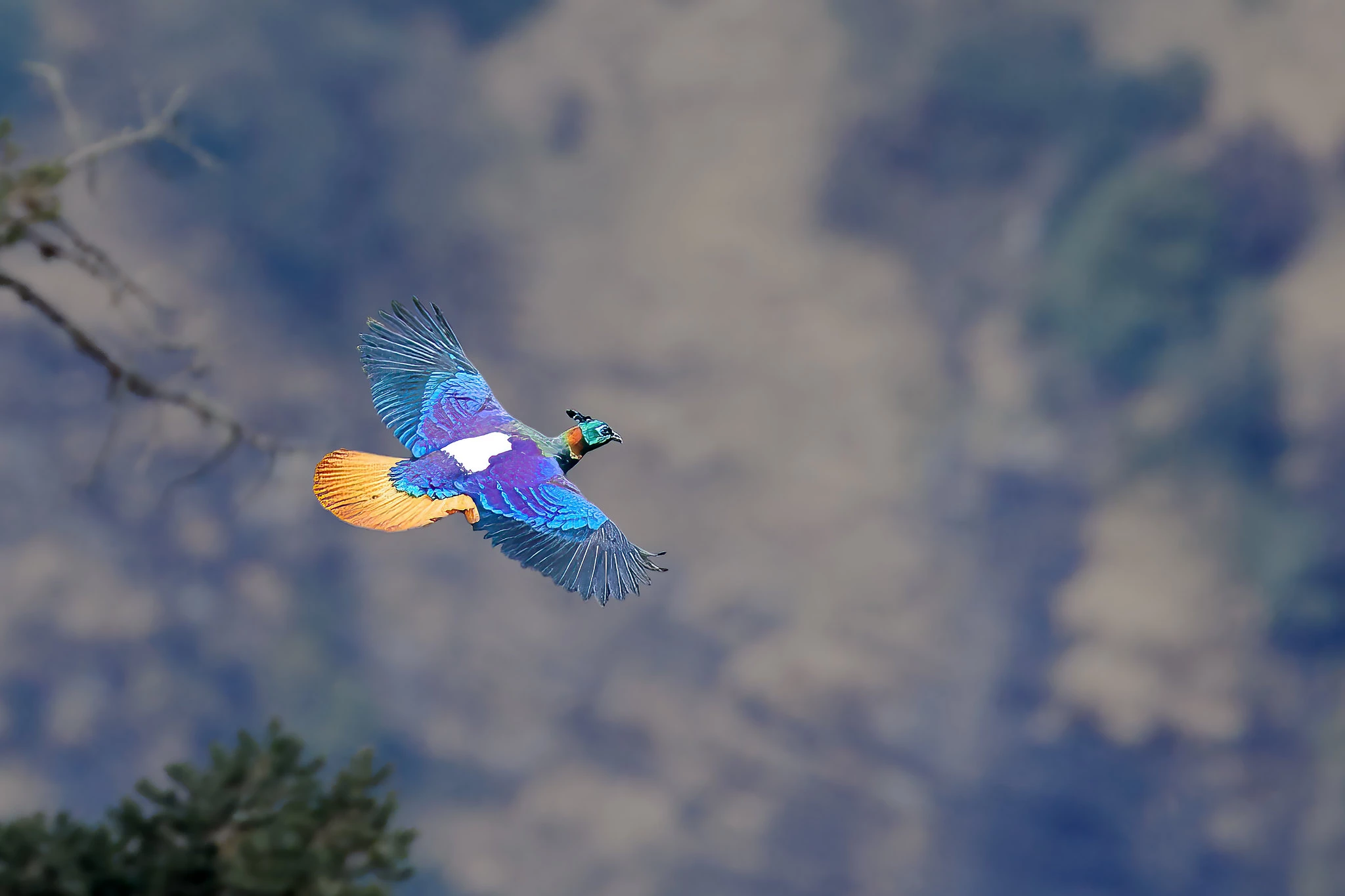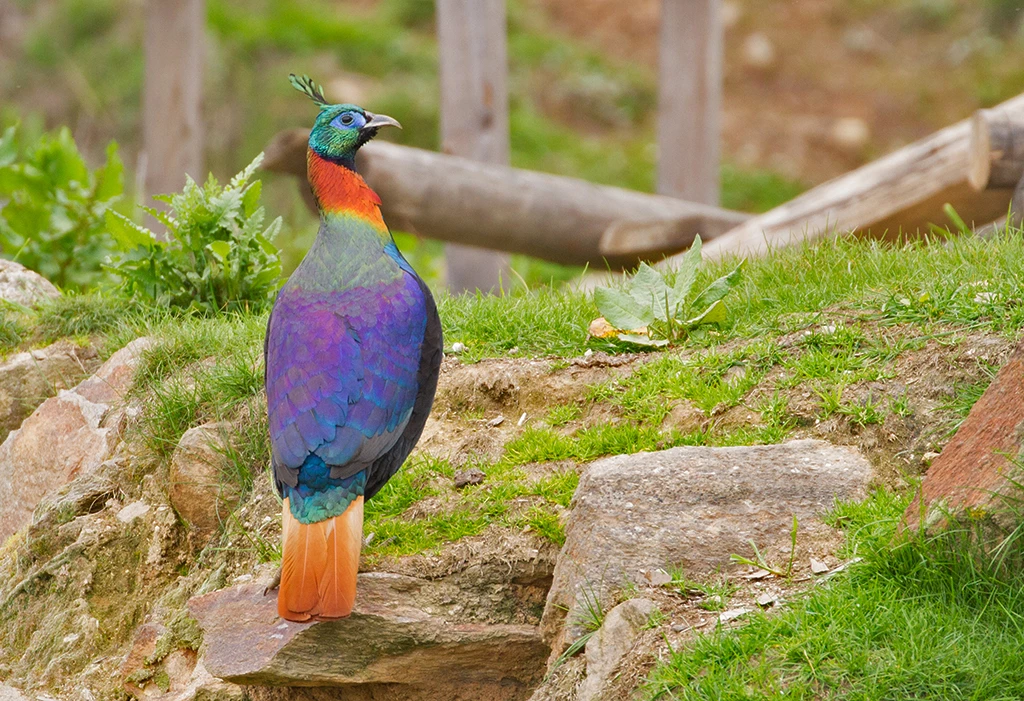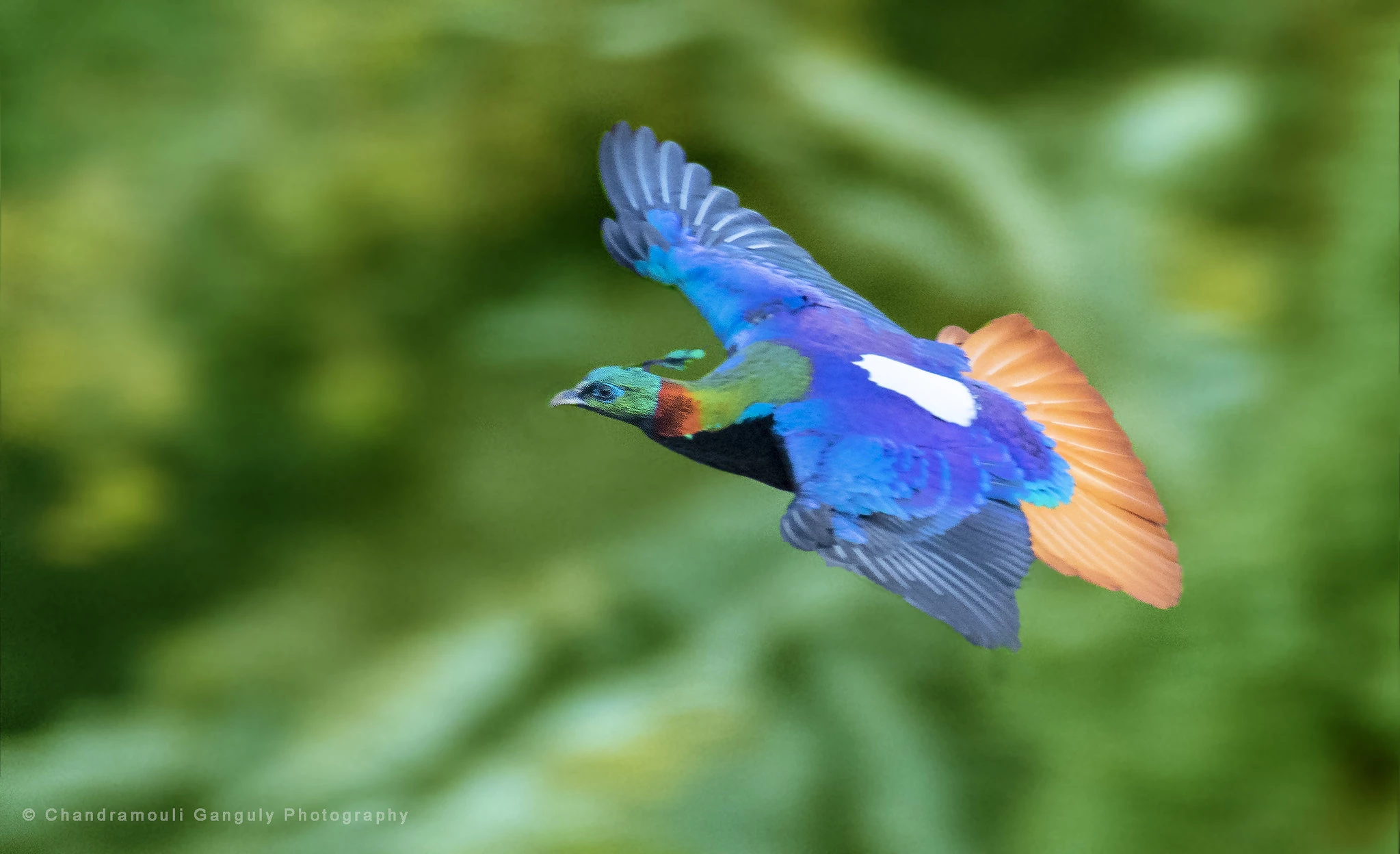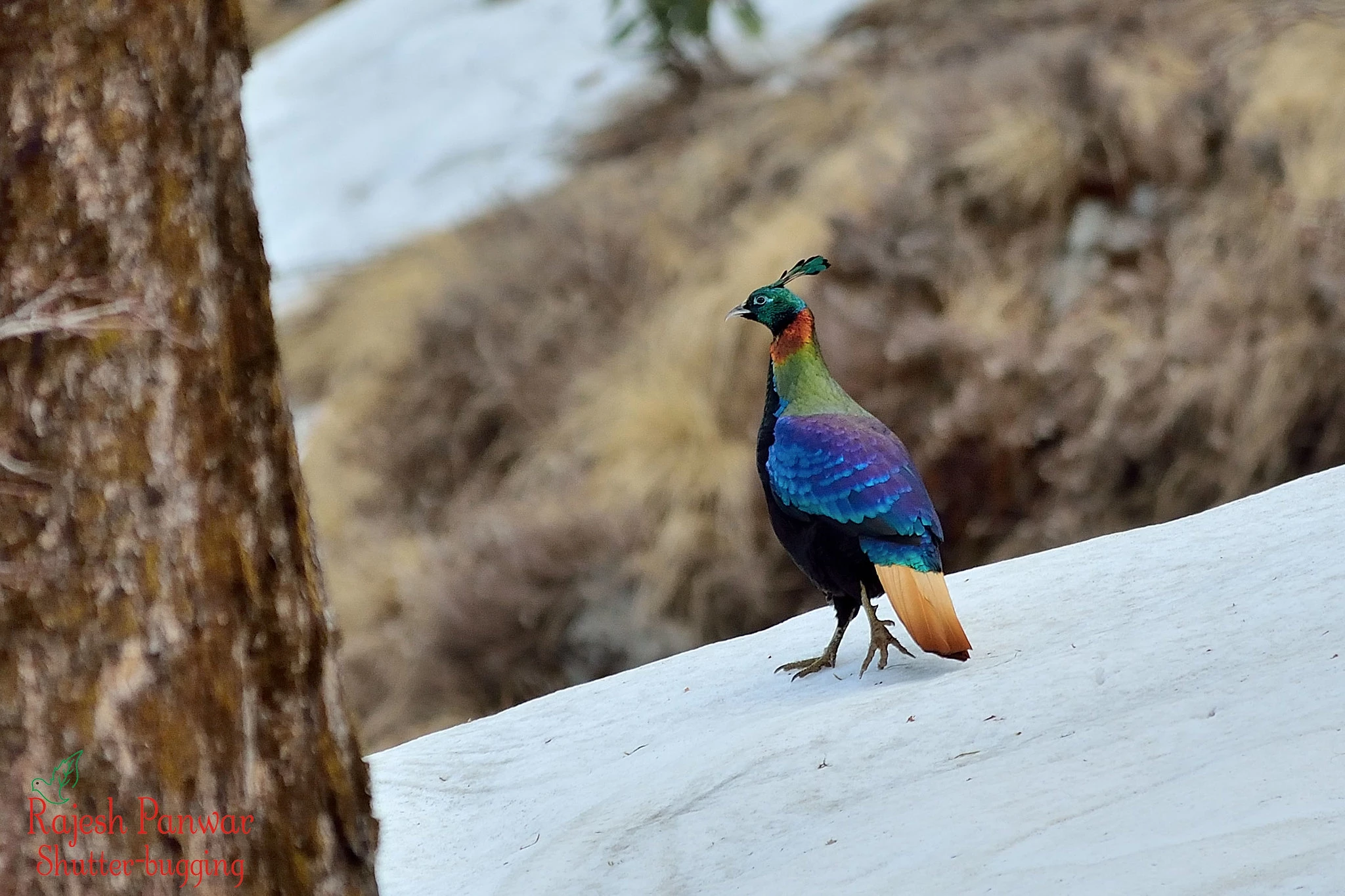Meet Colorful Himalayan Monal, The King of the High Mountains
Join us in our article today, as we are so proud to introduce to you one of the most beautiful flying creatures in the sky. Over the lofty mountains of the Himalayas, the majestic Himalayan Monal is definitely a true monarch! With its strikingly vibrant plumage and regal presence, this bird is a living work of art, gracing the skies with its breathtaking beauty.
 Source: Arindam Saha
Source: Arindam Saha
 Source: Peter Ericsson
Source: Peter Ericsson
 Source: peteris_e
Source: peteris_e
 Source: Peter Stubbs
Source: Peter Stubbs
 Source: Chandramouli Ganguly
Source: Chandramouli Ganguly
 Source: Rajesh Panwar
Source: Rajesh Panwar
Advertisement
 Source: Arindam Saha
Source: Arindam Saha
The Himalayan Monal is a member of the pheasant family and is celebrated as the national bird of Nepal. Its name, Monal," is derived from the Hindi word "Monāl," reflecting the bird's significance in the cultural fabric of the region.
It is a relatively large-sized pheasant. The bird is about 70 cm (28 in) long. The male weighs up to 2,380 g (84 oz) and the female 2,150 g (76 oz). Regarding their plumages, the adult male has multicolored plumage throughout, while the female, as in other pheasants, is more subdued in color.
It is a relatively large-sized pheasant. The bird is about 70 cm (28 in) long. The male weighs up to 2,380 g (84 oz) and the female 2,150 g (76 oz). Regarding their plumages, the adult male has multicolored plumage throughout, while the female, as in other pheasants, is more subdued in color.
Advertisement
 Source: Peter Ericsson
Source: Peter Ericsson
Advertisement
 Source: peteris_e
Source: peteris_e
Notable features in the male include a long, metallic green crest, coppery feathers on the back and neck, and a prominent white rump that is most visible when the bird is in flight. The tail feathers of the male are uniformly rufous, becoming darker towards the tips, whereas the lower tail coverts of females are white, barred with black and red. The female has a prominent white patch on the throat and a white strip on the tail. The first-year male and the juvenile resemble the female, but the first-year male is larger and the juvenile is less distinctly marked.
Advertisement
 Source: Peter Stubbs
Source: Peter Stubbs
These magnificent animals can soar at heights of up to 15,000 feet from Pakistan to India, Bhutan, and China, firmly establishing their status as the lords of the high mountains. However, these birds can usually be found between 2,400 and 4,500 m (7,900 and 14,800 ft) in upper temperate oak-conifer forests with open grassy slopes, cliffs, and alpine meadows. During the winter, it drops to 2,000 m (6,600 ft). It tolerates snow and digs through it to obtain plant roots and invertebrate prey.
Advertisement
 Source: Chandramouli Ganguly
Source: Chandramouli Ganguly
The primary foods consumed by Himalayan monals are tubers, nuts, tender leaves, shoots, insects, and other invertebrates. And for shoots and invertebrates, these birds often excavate in the snow. Although invertebrate matter was present in small amounts, plant matter made up a significant portion of their diet.
Advertisement
 Source: Rajesh Panwar
Source: Rajesh Panwar
In some areas, the Himalayan monal is threatened due to poaching and other anthropogenic factors. In the western Himalayas, the number of Himalayan Monal responded negatively to human disturbances involving hydroelectric power development. However, the species is not considered endangered in Pakistan and can be easily located. In some areas, the population density of the species can even be as high as five pairs per square mile. According to Sienctiest, the main threat to the species is poaching, as the crest is valuable. People hunt these birds because it is thought that they can bring status to their wearer and are a symbol of authority.
Do you love this stunning bird? Feel free to leave any comments in the section below. Moreover, for interesting articles about animals, visit our site now.
Do you love this stunning bird? Feel free to leave any comments in the section below. Moreover, for interesting articles about animals, visit our site now.
Share this article
Advertisement